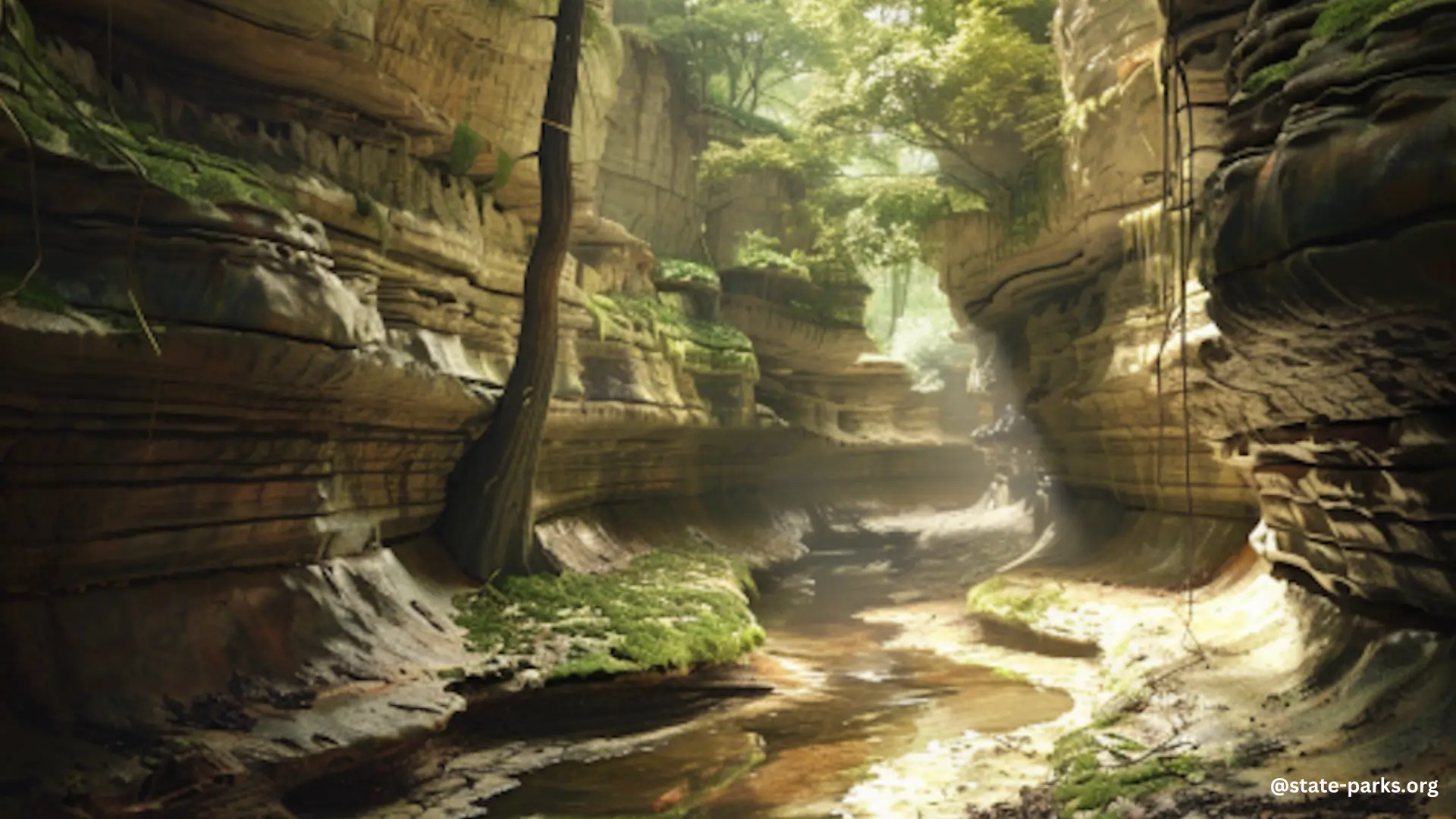Starved Rock State Park is a natural wonder located in Illinois, known for its stunning sandstone canyons, waterfalls, and diverse wildlife. Among the park’s many inhabitants are a variety of snake species, each with its own unique characteristics and role in the ecosystem. In this blog post, we’ll delve into the fascinating world of the snakes found within Starved Rock State Park.
The Timber Rattlesnake: A Misunderstood Predator
The Timber Rattlesnake, scientifically known as Crotalus horridus, is one of the most iconic and well-known snake species found in Starved Rock State Park. These venomous snakes are often the subject of fear and misconception, leading to their persecution by both visitors and local residents. However, the Timber Rattlesnake plays a vital role in the park’s ecosystem, serving as a natural predator and helping to maintain a balanced food chain.
Despite their fearsome reputation, Timber Rattlesnakes are generally shy and reclusive, preferring to avoid human interaction. They are typically found in the park’s wooded areas and rocky outcroppings, where they can bask in the sun and hunt for small rodents, birds, and other prey. These snakes are equipped with a distinctive rattle at the end of their tails, which they use to warn potential threats and deter predators.
The Common Water Snake: Adapting to Aquatic Habitats

Another snake species found in Starved Rock State Park is the Common Water Snake, also known as Nerodia sipedon. These non-venomous snakes are well-adapted to the park’s aquatic environments, such as the Illinois River and its tributaries. They can often be spotted basking on logs or rocks near the water’s edge, or swimming gracefully through the currents in search of fish, amphibians, and other aquatic prey.
Unlike the Timber Rattlesnake, the Common Water Snake is not considered a threat to humans and is generally harmless. However, they may still be misidentified as venomous snakes, leading to unnecessary fear and persecution. It’s important for visitors to the park to learn to recognize the differences between venomous and non-venomous snakes to avoid harming these important members of the ecosystem.
The Garter Snake: A Versatile Survivor
The Garter Snake, scientifically known as Thamnophis sirtalis, is a common sight in Starved Rock State Park. These small, slender snakes can be found in a variety of habitats, from the park’s wooded areas to its open grasslands and wetlands. Garter Snakes are known for their adaptability and can thrive in both natural and human-modified environments.
Garter Snakes are non-venomous and pose no threat to humans. In fact, they are often considered beneficial to the park’s ecosystem, as they help to control populations of small rodents, insects, and other prey. These snakes are also an important food source for larger predators, such as hawks, herons, and larger snake species.
The Rat Snake: A Skilled Climber
The Rat Snake, also known as the Central Ratsnake (Pantherophis spiloides), is another snake species found in Starved Rock State Park. These large, non-venomous snakes are known for their impressive climbing abilities, often scaling trees and rock formations in search of prey.
Rat Snakes are adept at hunting small rodents, birds, and their eggs, making them an important part of the park’s ecosystem. They are also known for their ability to mimic the appearance of venomous snakes, such as the Copperhead, as a defense mechanism against predators.
The Little Brown Snake: A Diminutive Denizen
The Little Brown Snake, scientifically known as Storeria dekayi, is a small, non-venomous snake that can be found in Starved Rock State Park. Despite its diminutive size, the Little Brown Snake plays a crucial role in the park’s food chain, feeding on small invertebrates and serving as prey for larger predators.
These snakes are often overlooked due to their small size and inconspicuous coloration, but they are an important part of the park’s biodiversity. They can be found in a variety of habitats, from the park’s wooded areas to its open grasslands and wetlands.
Preserving the Snakes of Starved Rock State Park
Starved Rock State Park is a true natural treasure, and the snakes that call it home are an integral part of its ecosystem. However, these reptiles face a variety of threats, including habitat loss, persecution, and the impacts of climate change.
To help protect the snakes of Starved Rock State Park, the Illinois Department of Natural Resources offers a range of educational programs and volunteer opportunities. Visitors to the park can also play a role by learning to identify and respect the different snake species, and by reporting any sightings or concerns to park staff.
By working together to preserve the natural habitats and biodiversity of Starved Rock State Park, we can ensure that these fascinating snake species continue to thrive for generations to come.

